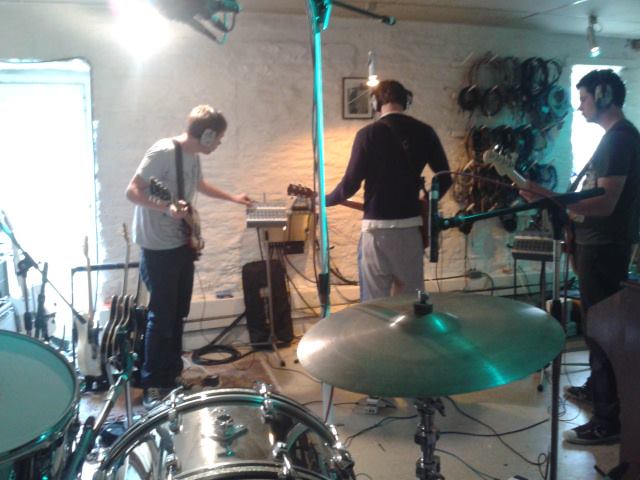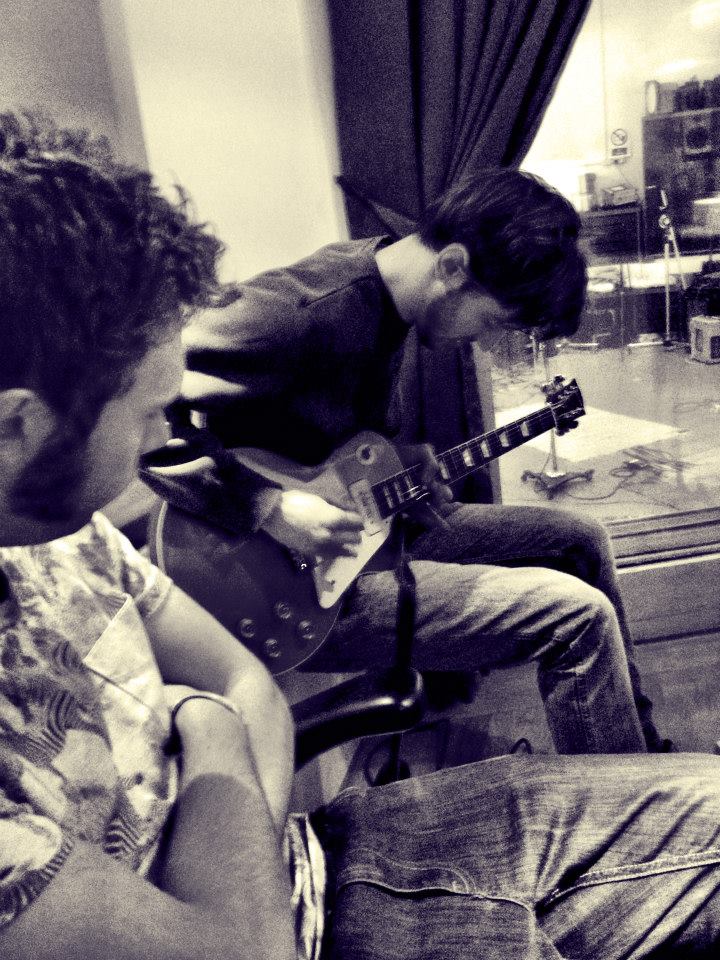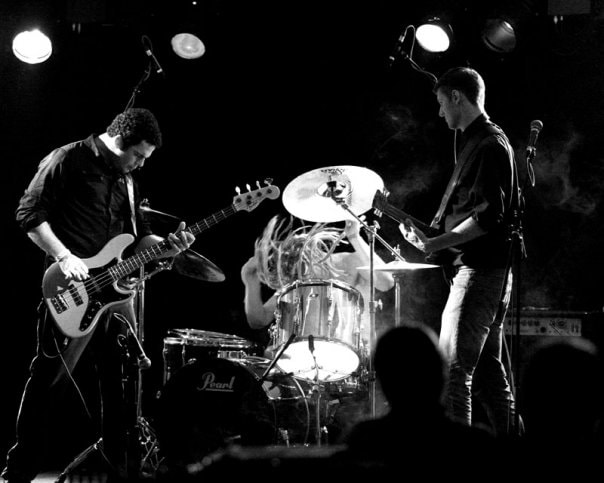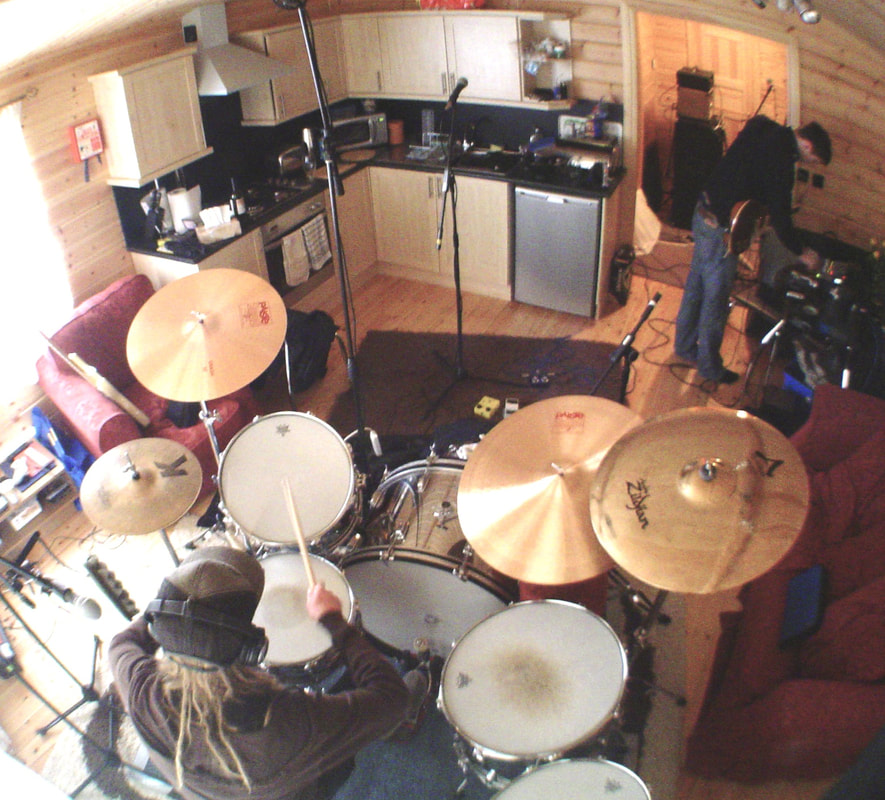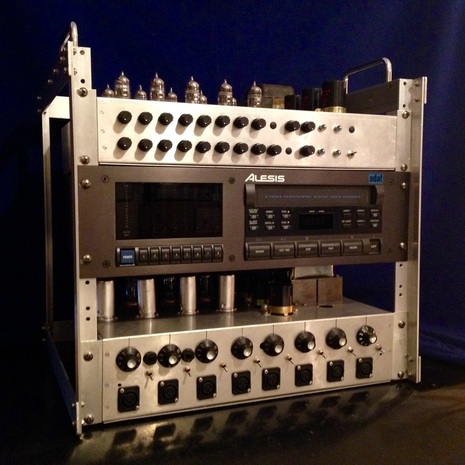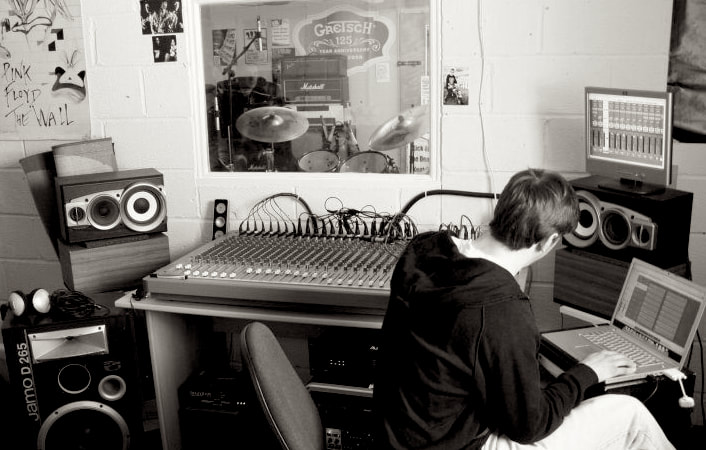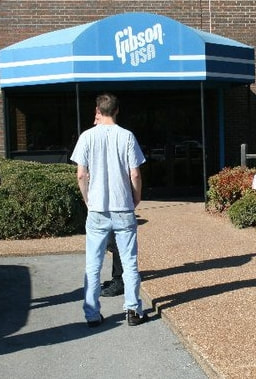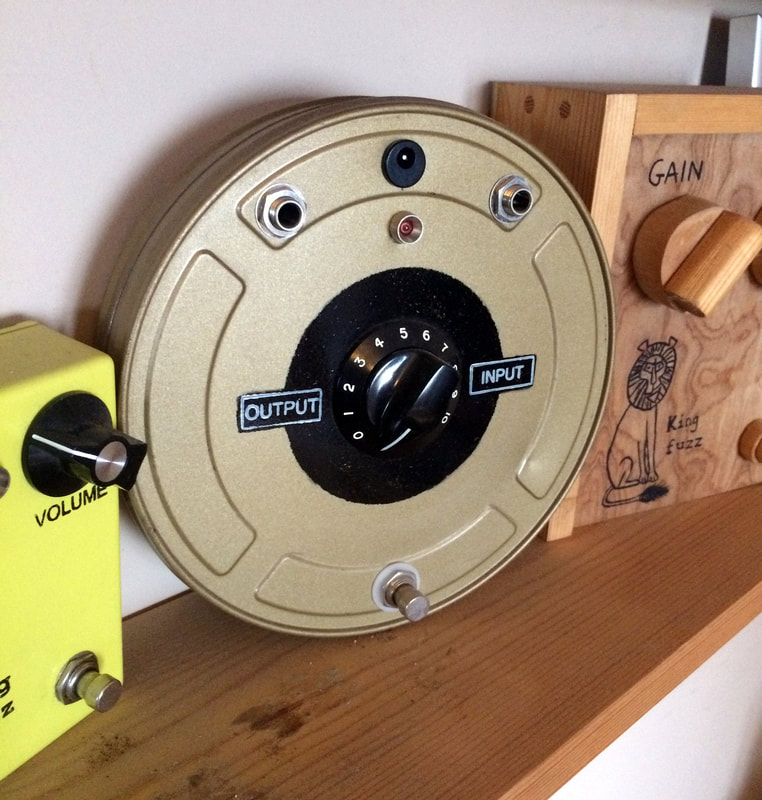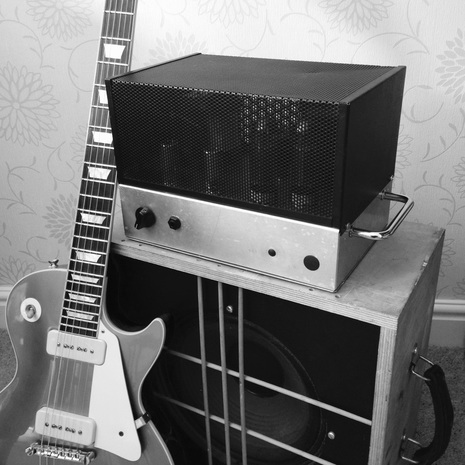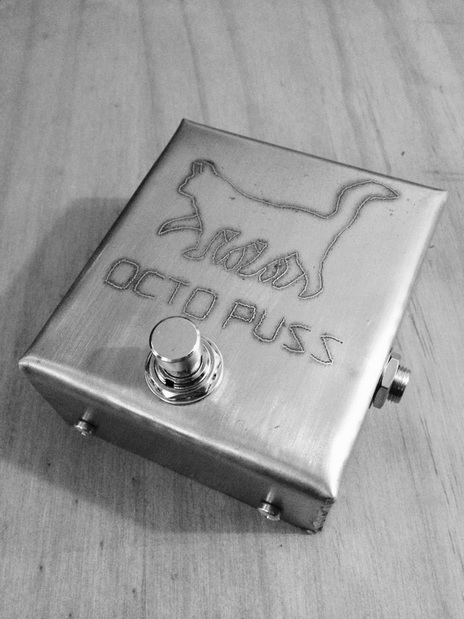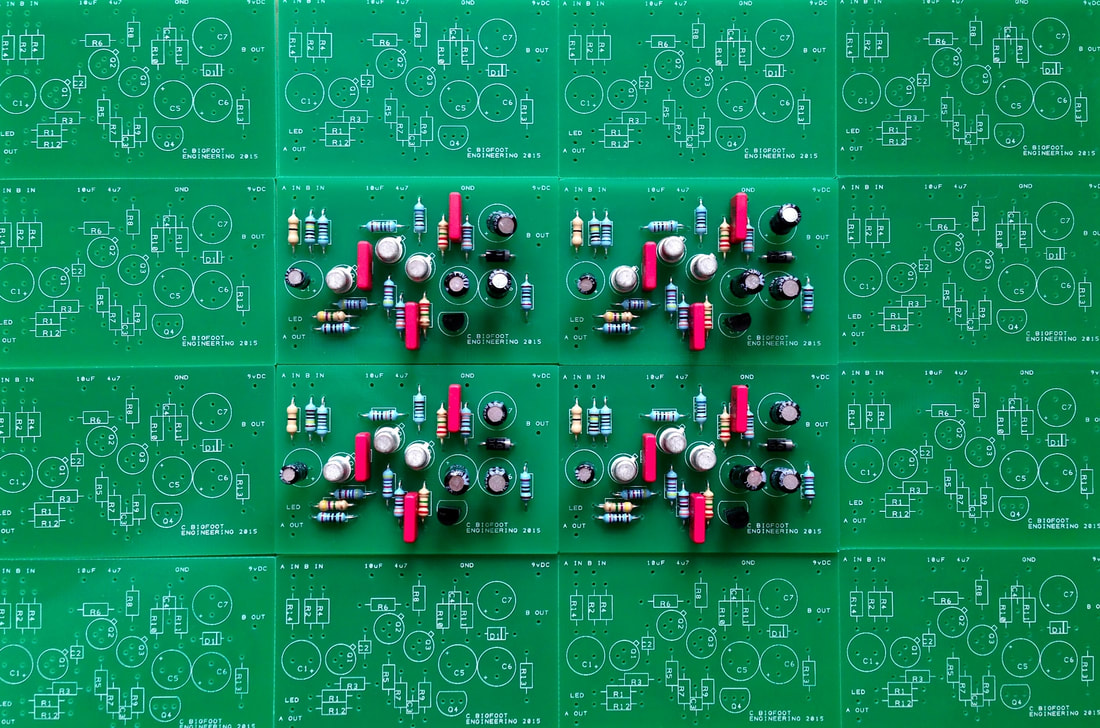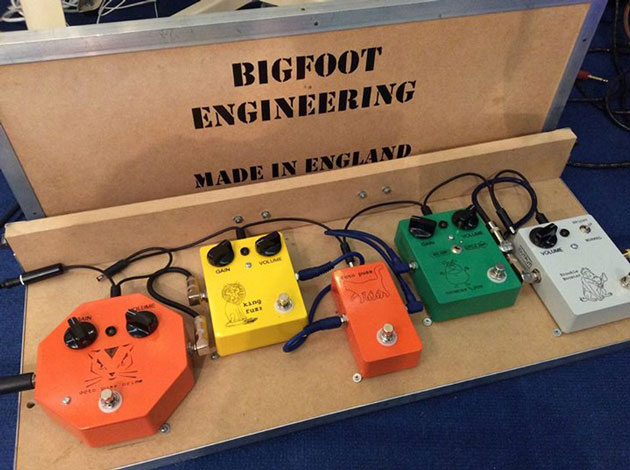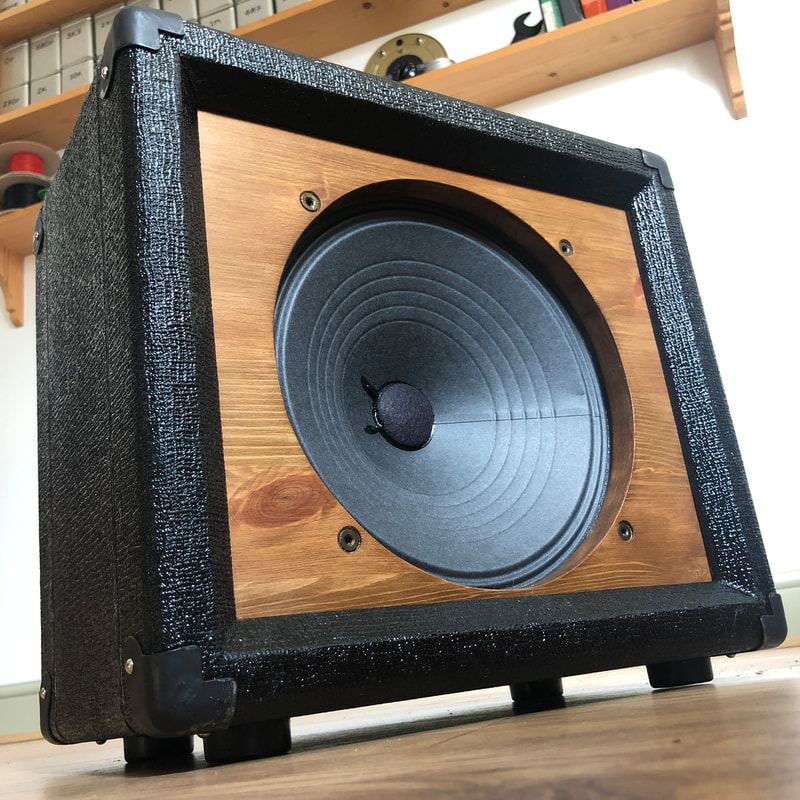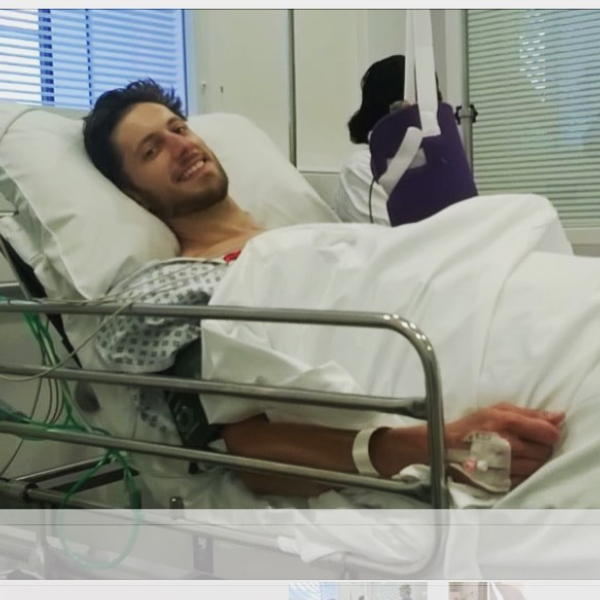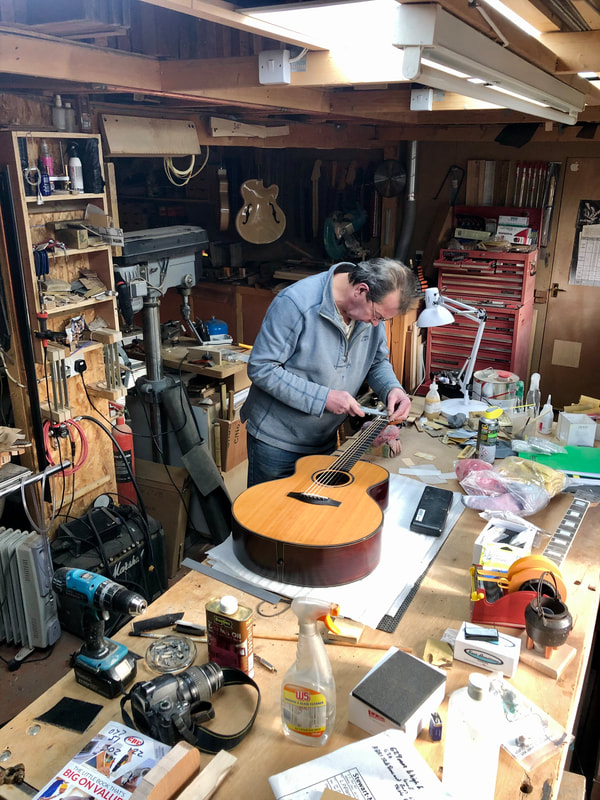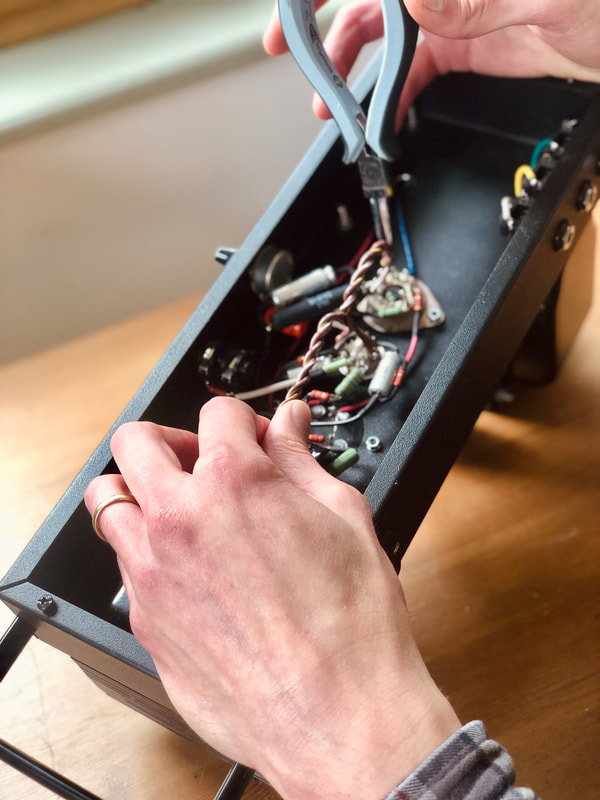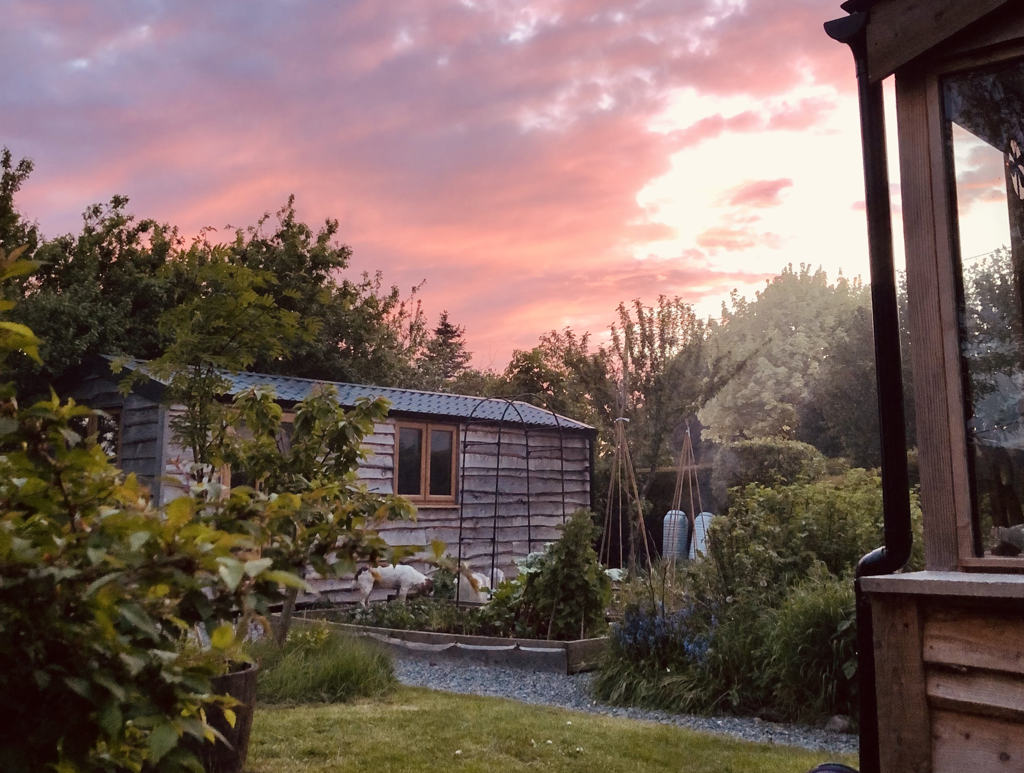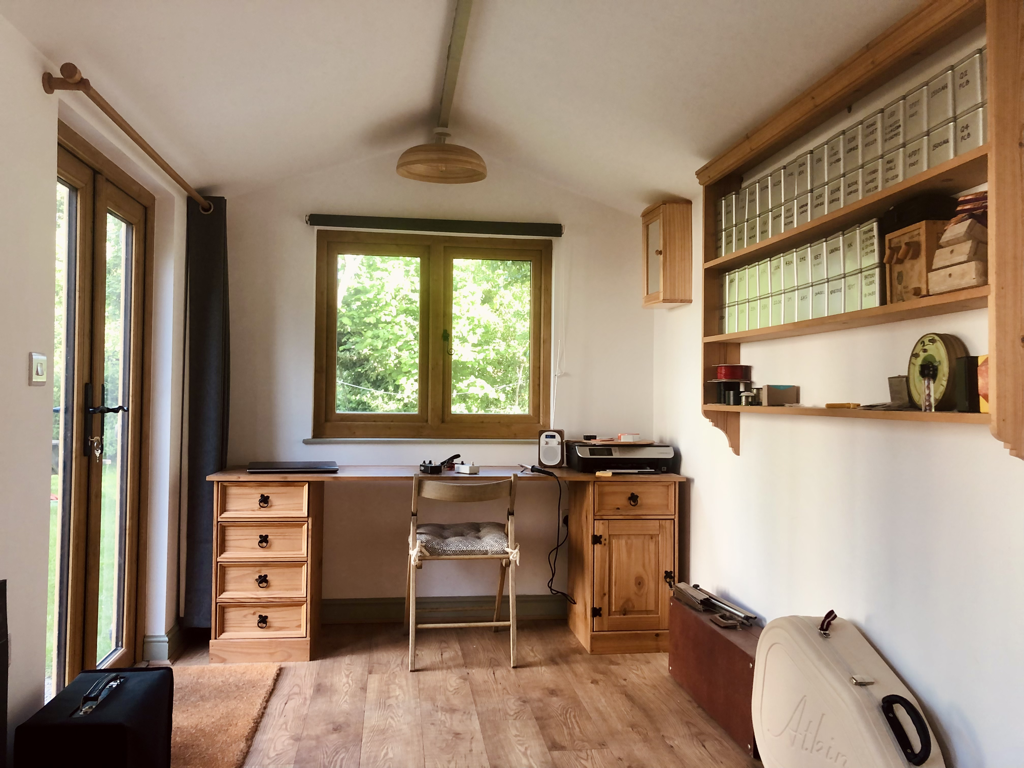About
Discover our colourful past.
A little look at who we are and what we do.
A little look at who we are and what we do.
Press
"Rhys Stubbs formed Bigfoot in 2009, after working as an audio designer for Britain's Vortexion- a studio-gear maker favoured by the late sonic iconoclast Joe Meek. Some of the Meek mystique must have rubbed off, because these vibey, English-made pedals are ferociously unafraid of making one hell of a magnificent racket." Guitar Player magazine
"If you thought it was all about Americans, Chinese and Germans, think again. British talent is still at the forefront of the musical instrument industry. The brainchild of ex-Vortexion designer Rhys Stubbs, Bigfoot Engineering hand build guitar pedals that capture the sonic integrity of valve amplifiers." Mi Pro magazine
"Rhys has this unique, cool approach to things. It shocked us all. With no disrespect to the eighteen billion cheapo pedals, I love the fact that somebody is doing something artistic and with a different spin. And this has a different spin big time." Mick Taylor (That Pedal Show)
"Elegant design that inspires the confidence you get looking at a Dodge Slant 6 or a small-block V8 under the hood of a ’60s Ford. It’s beautifully built, and possesses a real musical spirit." Premier Guitar magazine
History
|
Rhys (centre) in the studio where Muse, Supergrass and Oasis recorded some of their biggest hits.
|
"I began playing guitar at the age of nine and formed a band almost immediately. I met some fantastic people in those early days and I was inspired from every angle. In particular I fell in love with the atmosphere inside recording studios- the combination of science and art really appealed to my nature. All the dials and switches were as exciting to me as the music, and I was soon obsessed with electronics and guitars in equal measures."
|
Rhys (right) at Miloco studios in London whilst working with renowned producer Stephen Street.
|
|
Rhys (right) playing live at the Camden Barfly, London, with a hand-built amplifier.
|
"By the time I studied electronics formally at college I was already building guitar and studio equipment. I'd make anything we needed and I had to do it on a real shoestring budget. I was driven by a determination not to compromise on sonic integrity, regardless of what money or technology was available to us at the time. It became an incredibly gratifying and addictve pursuit."
|
Rhys (right) recording with an early incarnation of what would later become the critically-acclaimed King Fuzz pedal.
|
|
Nicknamed 'The Rig', this is the first and only all-tube portable recording studio in the world. It took Rhys three years to design and build, features eighteen tubes, and has been used by Sony and EMI.
|
"When I finished college I headed to university to study guitar full-time, and I was soon repairing and modifying equipment for customers whilst I worked at a guitar shop. Money was always tight when we were playing in bands so I built my own portable recording rig. We would make temporary studios anywhere from log cabins in Devon to farm houses in France. Eventually, we found the perfect location in South-East England and built a permanent studio; five prolific years ensued and we made some great records there."
|
Rhys at the helm of his recording studio nicknamed 'Unit 9E' near Brighton, England. The mixing console was acquired from the home studio of David Gilmour (Pink Floyd).
|
|
Rhys arriving at the Gibson guitar company headquarters in Nashville, Tennesse.
|
"Around the time I graduated, Gibson flew me to Nashville to show me their manufacturing processes in detail. I fell in love with the craftsmanship I saw at their archaic Custom division and it really motivated me. After six years of working in guitar shops, I decided it was time to focus on my own creations full-time. In the beginning I would get extra work as a free-lancer on some really interesting projects: repairing the mechanism of a 1930's German pedal steel guitar with my brazing torch, zinc-electroplating drum hardware with my home made dipping bath, and everything in-between."
|
One of Rhys’s early pedals, hand wired point-to-point inside a 35mm film reel can.
|
|
One of Rhys's amplifiers, designed with the less ubiquitous ECC81, ECC82, and E34L tubes.
|
"For many years I specialised in vacuum tube circuits, which lead to me working as an electronic design engineer for Vortexion. Since 1936 this small but well respected British company have produced highly sought after audio equipment. Prototyping valve electronics for them was a very exciting time and it fuelled my creativity enormously. I grew so enamoured with the Vortexion brand, with it's timeless design classics and wonderful heritage, that I was inspired to found my own company with the same values. In 2009, I established Bigfoot Engineering Ltd.”
|
The Bigfoot Octo Puss pedal went on to be ranked #2 in Guitarist magazine's Best Mini Effects Pedals. Rhys cut, folded, brazed and engraved this first ever one by hand from sheet steel.
|
|
Bigfoot circuit boards being assembled and wired in house by hand.
|
"Bigfoot grew very organically- the industry saw my passion and really got behind us. We expanded our outreach gradually with their support, and our network eventually spanned the globe with sixty official dealers through four major distribution channels. In 2017 we also launched our own online store which really helped put me back in touch directly with our customers. It proved to be a fantastic catalyst thanks to the influx of requests for custom pedals, including various wiring and finish options. Inspired by Gibson, Bigfoot soon began operating more like a custom shop."
|
Bigfoot exhibiting at Musikmesse in Frankfurt, where we were proudly featured in Premier Guitar magazine's best in show.
|
|
Rhys's hand built pedal-platform tube amplifier.
|
"Unfortunately I then suffered a serious hand injury in 2018 which has left me unable to feel or move my thumb on my fretting hand. After my operation it took two years of intense rehabilitation before I was able to play guitar again, and with a much changed technique. It was an incredibly difficult time, but I took the opportunity to write my first book about guitar electronics. That gave me a wonderful creative outlet to focus on, and I'm incredibly proud of it."
|
Rhys at Bristol hospital recovering from nerve and tendon surgery on his left hand.
|
|
Rob Williams during the development of Rhys's custom made instruments.
|
"Returning to the guitar was not an easy journey, but it was made possible by two of Britain's finest luthiers: Alister Atkin and Rob Williams. Their skill and experience enabled me to have both acoustic and electric guitar back in my life again. When I finally returned to work I felt it was time to forge a new path, so I decided to begin exclusively distributing Bigfoot directly. It opened up many exciting opportunities for new projects and collaborations, including developing the first Bigfoot production model amplifier."
|
Rhys prototyping the Bigfoot Rougarou amplifier.
|
|
Bigfoot HQ: Rhys's log cabin in rural England, UK.
|
"Having toured and made records extensively for many years, I finally found the perfect place to set root in beautiful Herefordshire. Drawing on all my past experiences has been invaluable in Bigfoot's longevity, but it's our customers who are the driving force behind the company's future. I'd like to personally thank everyone who has supported me and helped grow the brand into something I am truly proud of."
|
Inside Bigfoot HQ, where Rhys works on all his creations.
|
Video
All rights reserved 2009-2024.
Bigfoot Engineering Ltd.
Bigfoot Engineering Ltd.

